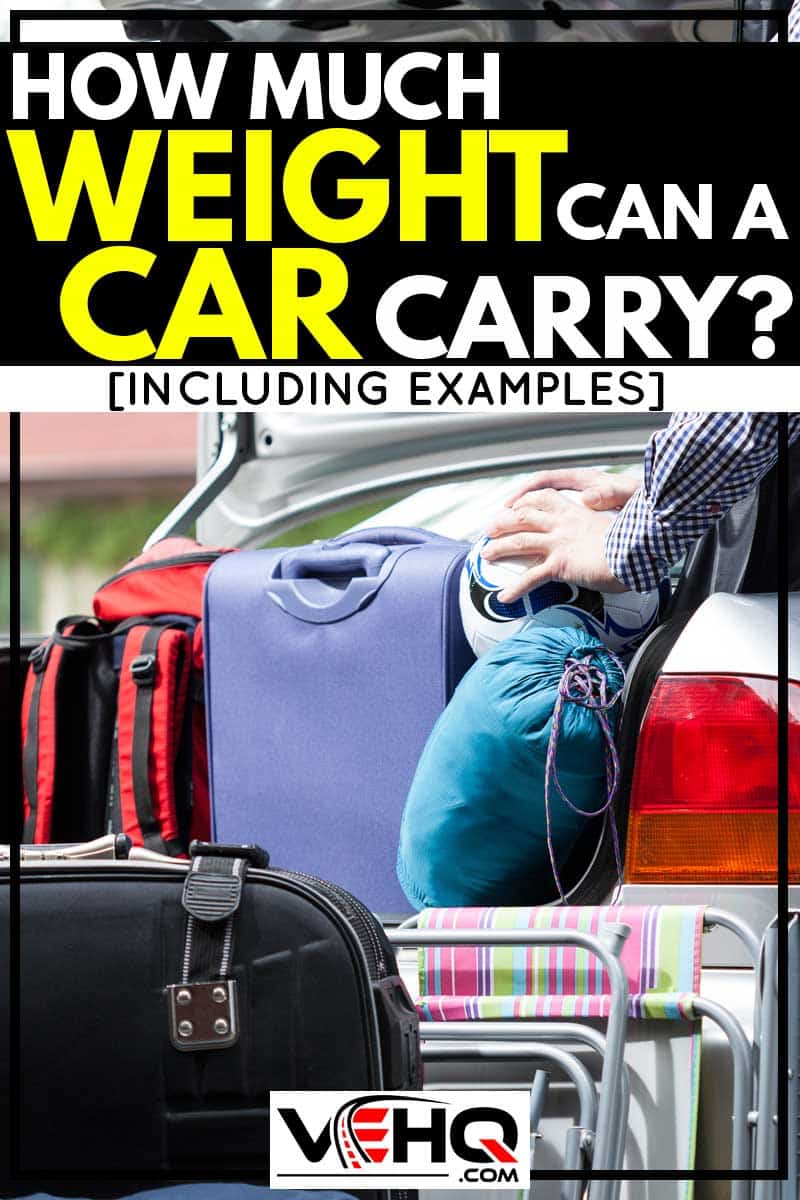 When you're loading up your passenger vehicle with friends, family, and shopping, you might be wondering how much a car can carry. While it's possible to cram a lot of weight into the trunk (and passengers into the cabin), it's not ideal to exceed the limit that the manufacturer establishes. To answer the question of how much weight a car can carry, we've uncovered the details on four cars from each of three vehicle size classes.
When you're loading up your passenger vehicle with friends, family, and shopping, you might be wondering how much a car can carry. While it's possible to cram a lot of weight into the trunk (and passengers into the cabin), it's not ideal to exceed the limit that the manufacturer establishes. To answer the question of how much weight a car can carry, we've uncovered the details on four cars from each of three vehicle size classes.
In general, the average payload for a:
- A compact car is around 854 pounds.
- A Mid-size car is about 882 pounds.
- A Full-size car is around 921 pounds.
The payload specifies how much-combined weight your car can handle, and the figure includes both passengers and any cargo. Overall, that means if you have five people in your car (each weighing around 150 pounds each), you can carry between 100 and 170 pounds of cargo in the trunk (or elsewhere).
Of course, variations exist among vehicles in the same class, and there are other nuances to consider. For example, passenger capacity can vary, with one less passenger freeing up more cargo weight. We'll explore the details further, plus explain what the payload is and how to determine your vehicle's capacity, below.
Compact Cars
Compact cars tend to have a seating capacity of four or five adults and a payload between 827 and 895 pounds.
Kia Rio
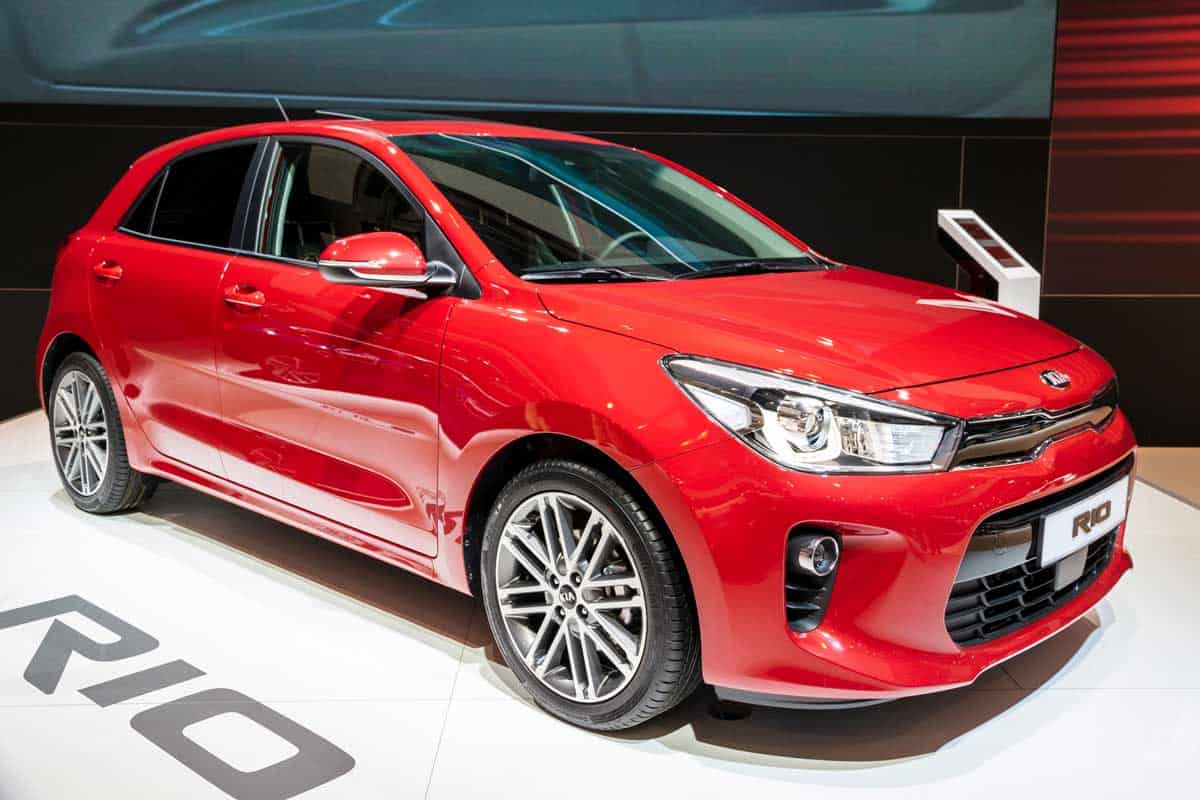
Kia's Rio is a compact (or sub-compact) car with excellent gas mileage and lots of onboard features. Rios began in 1999 and continue to be produced today.
The Kia Rio has an overall payload of 849 pounds, and the vehicle has a seating capacity of five people.
Toyota Prius C
The Toyota Prius C is an affordable and efficient vehicle, but as of 2019, Toyota has discontinued production. These vehicles are still available used, however, and Toyota still stands behind the product. Most drivers relate the Prius C more to a Yaris than the standard, full-size Prius.
Per the user manual for the Prius C, the vehicle capacity weight is 845 pounds.
Chevrolet Sonic
Chevrolet manufactures its Sonic in both hatchback and sedan options, and fuel efficiency and affordability are highlights. The 2020 Sonic gets rave reviews from overall, and it's a fun and sporty ride.
According to J.D. Power, 2013, and 2014 Chevrolet Sonics have a maximum load capacity of 895 pounds.
Ford Fiesta

Ford Fiestas are sporty and compact vehicles with both automatic and manual transmission options. That said, transmission issues have thrust the Fiesta into the headlines, though consumers can expect the 2020 Fiesta to be free of problems.
According to Ford dealerships, a 2019 Ford Fiesta has a maximum load capacity of 827 pounds.
Mid-Size Cars
Mid-size cars offer load capacities ranging from 850 to 925 pounds. These vehicles typically accommodate five passengers.
Toyota Camry
The Camry is a consumer favorite from Toyota, with many iterations proving reliable and safe over the years. For the 2019 Toyota Camry, Toyota has established a vehicle capacity weight of 925 pounds.
Of course, Camrys aren't without their share of problems. If your Toyota Camry doesn't start, read our post on the topic for everything you need to know.
Honda Accord
Honda's Accord is another competitive mid-size sedan that's well-received by consumers and automotive critics alike. Plenty of trim options give buyers options, and the Accord has been around since 1976, making it one of the longest-running sedans on the market.
Per Honda, the 2019 Accord has a maximum load of 850 pounds.
Ford Fusion
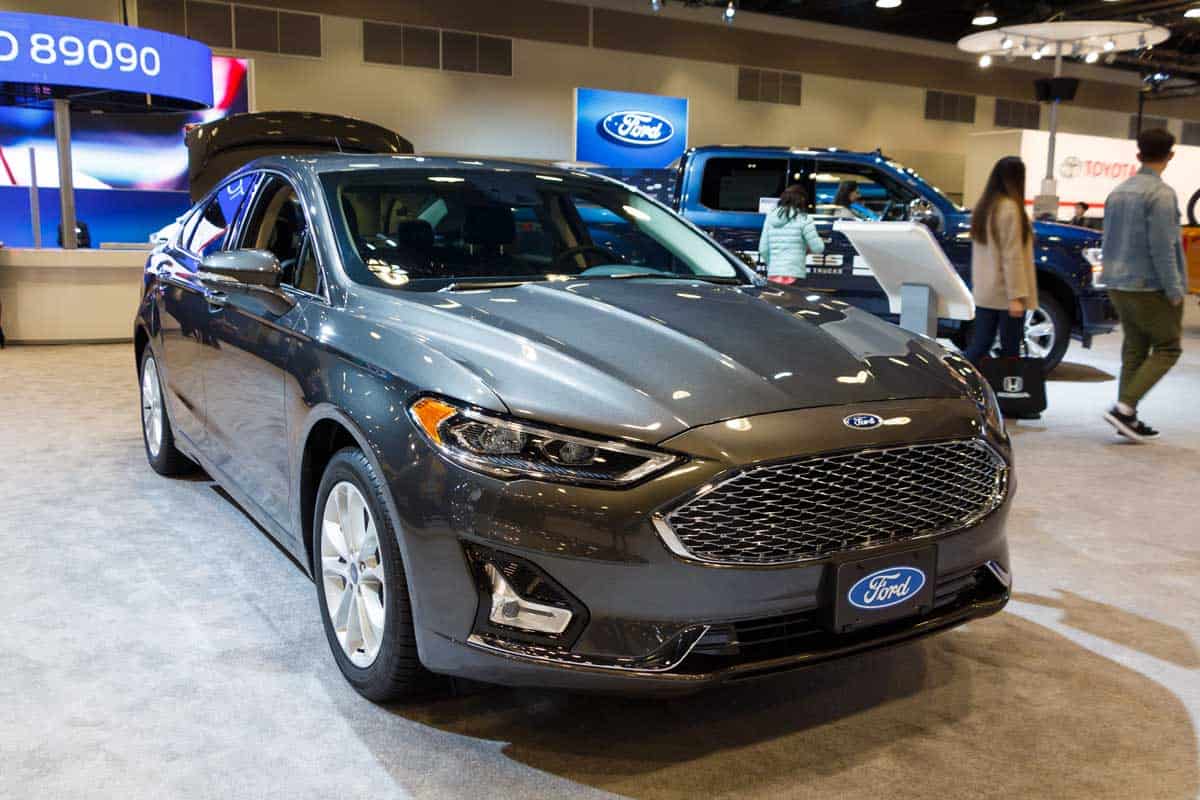
Ford Fusions are economical and sporty cars with plenty of trim options. Good overall reviews make the Fusion a good fit for many, but 2020 will be the model's last production year.
While Ford directs vehicle owners to the sticker on their car's frame, Consumer Reports notes that the Ford Fusion has a maximum load of 850 pounds.
Hyundai Sonata
Hyundai's Sonata is another affordable mid-size car that performs well as a commuter or family vehicle. Its sleek look and intuitive tech make it a delight to drive.
Hyundai notes that the Sonata has a load limit of 904 pounds.
Full-Size Cars
Full-size sedans tend to seat five people and have maximum payloads ranging from 865 to 950 pounds.
Chevrolet Impala
Through its many iterations, the Chevrolet Impala has offered plenty of horsepower and a sleek look. Since the '80s, the Impala has been a staple in the full-size sedan class.
According to J.D. Power, a 2018 Chevrolet Impala has a weight capacity of 944 pounds.
Dodge Charger
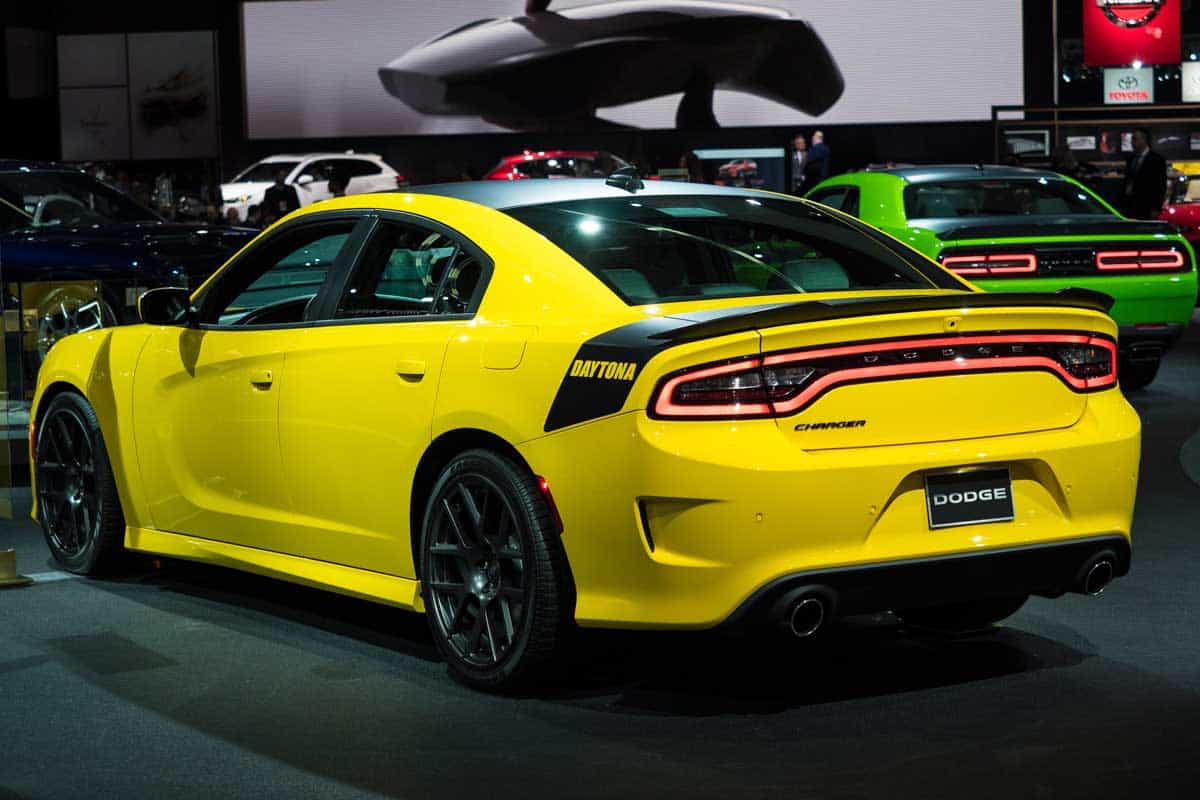
Dodge Chargers are sporty, dynamic, and have plenty of get-up-and-go. It is, after all, a muscle car, so passenger and cargo room may not seem like a priority.
A Charger has a maximum load capacity of 865 pounds, per multiple dealerships with the vehicle for sale.
Ford Taurus
The Taurus has never been a flashy car, but it's dependable, versatile, and reliable. These used to be police force staples for a reason.
Plenty of Taurus owners report towing with their cars, and the vehicle offers a maximum payload of 1,000 pounds. Older models had a load capacity anywhere from 1,100 to 1,337 pounds.
But in general, a newer Ford Taurus has a weight capacity of 950 pounds for passengers and cargo.
Buick LaCrosse
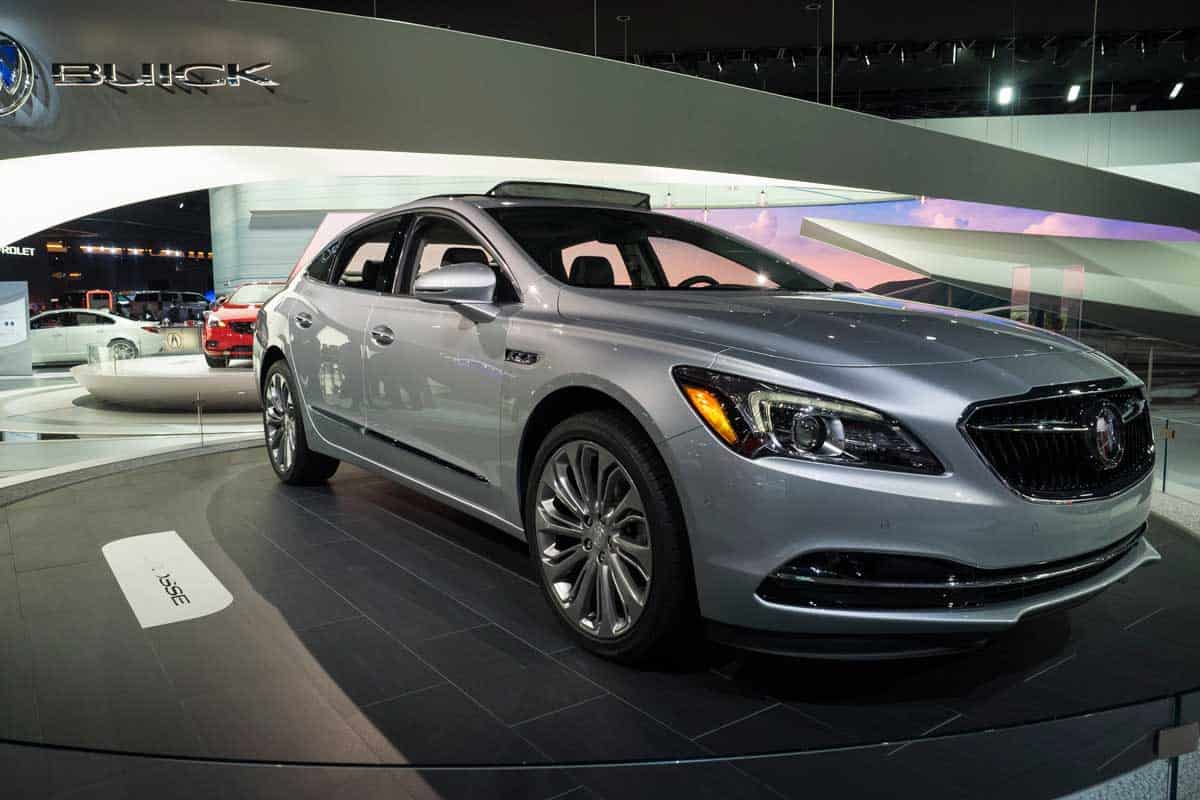
The Buick LaCrosse comes in everything from Base to premium options, and it's a full-size sedan with plenty of luxurious features.
Buick is another manufacturer that doesn't specify its maximum load capacities in the user manual, but dealerships highlight a rating of 926 pounds across multiple model years.
What Does Payload Mean in a Car Exactly?
Vehicle manufacturers seem to use the terms payload, load capacity, and vehicle capacity weight interchangeably. However, when it comes to cars versus trucks, you'll often find that "payload" isn't the preferred term. Technically, payload refers to how much weight a truck can carry in its bed; learn more about the subject in our related post.
But when it comes to compact through full-size sedans, payload means the total amount of passenger plus cargo weight a vehicle can handle. In user manuals and other vehicle documents, manufacturers will refer to the vehicle load capacity, weight load limit, or payload with several pounds. Also, manufacturers tend to assume an average passenger weight of 150 pounds (per each of the four to five seats), with the remaining weight available for cargo.
Payloads can vary widely. Even among the same vehicle models, albeit with different transmissions or feature packages, you can find a range of weight load limits.
Even if the manufacturer doesn't state a payload (or directs you to a sticker on your vehicle to find it), you can estimate the capacity. Take the vehicle's gross weight rating (GVWR) and subtract the curb weight for an accurate estimate of maximum vehicle load.
Where Can I Find My Car's Payload Information?
The best place to find your car's payload details is in the owner's manual. But for many vehicles, the manufacturers don't publish the payload figures online or even in the owner's manual.
Instead, they reference the Tire and Loading Information panel, which is found somewhere on your vehicle's frame. The sticker is specific to your vehicle make, model, equipment, and transmission type.
A Tire and Loading Information sticker clearly states the maximum combined occupant and cargo weight limit (AKA payload) as well as specific PSI limits for your tires. The sticker also notes the passenger capacity, which is either four or five for compact cars and sedans.
What Happens if You Put Too Much Weight in a Car?

The most apparent effect you will notice when overloading your car is the brakes squeaking or the frame scraping the ground (or speed bumps). Overloading the car means the suspension isn't able to perform as intended. You might also develop abnormal wear on your tires and brakes, engine, and more.
Too Much Weight Affects Your Tires and Brakes
With an extreme amount of weight, your fender might rub on your vehicle tires. Even if the wheels turn freely and the tires don't rub, the pressure could mean your tires are more susceptible to punctures and damage. Also, note that the load limit sticker also includes PSI guidelines that factor in the load limits.
Need to check your tire pressure? Click here to see the AstroAI Digital Tire Pressure Gauge on Amazon.
Your brakes may also show more wear and tear from stopping an overloaded vehicle. More dust and squeaking can occur with organic brake pads, and your stopping distance may increase.
Overloading Means Slower Acceleration
Another common effect of overloading your capacity is that your car won't accelerate as fast as normal. After all, your engine is working harder to carry all the weight, so it makes sense that performance will suffer.
Your air conditioning may falter as you drive since the car is working so hard to pull its weight. This will be especially noticeable when driving uphill.
Overall, the risks associated with exceeding your car's load limit are probably not worth the convenience of transporting more people or stuff. You could wind up paying more to maintain your sedan's tires, brakes, transmission, engine, and suspension.
The best policy is to adhere to the manufacturer's weight limits as strictly as possible. If you must transport something (or a group of people) that is heavy, consider renting a car or borrowing one with the right capacity to handle all your passengers and cargo.

